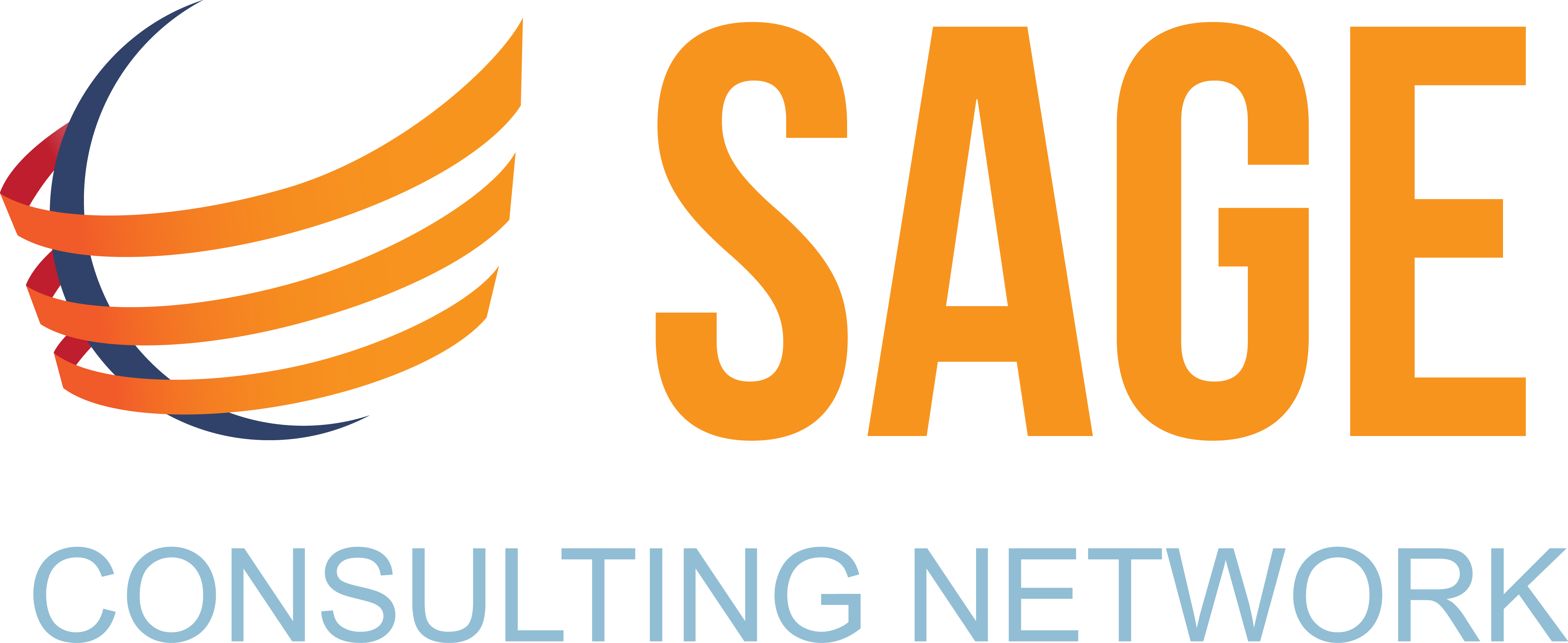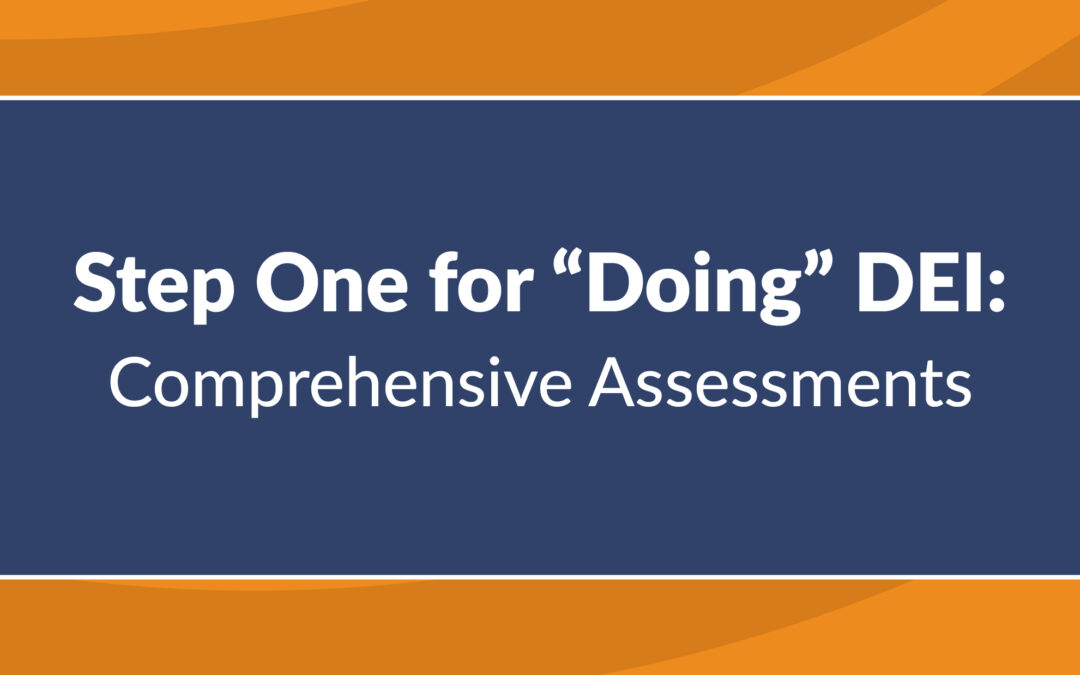Do We Need Training?
Every organization I work with is in a very different phase with regard to diversity, equity, and inclusion, yet they all begin the journey with this same question. The short answer is yes, but that answer raises even more questions. The Society for Human Resource Management alone has 105 diversity training vendors on its website. There are certainly more, and nobody has the time or resources to evaluate every single one. Nor can they risk selecting one that does not meet their organization’s unique needs. The work is simply too important.
Where Do We Begin?
Diversity initiatives need context. They need to address specific business and interpersonal problems in an organization. Generalized programs are useful and will deliver results, but people often minimize the full scope of diversity, equity, and inclusion. Real organizational transformation happens when we dig a little deeper. When board members ask me this question, they are usually asking quite a few more, such as:
- How can we fully understand our current state?
- How do we get the board members on the same page? How do we open the conversation?
- What are our leaders’ perspectives on the issues? What are their concerns?
- Are there resistors?
- What do our employees think and feel about diversity within the organization?
- What is our comfort level with discussing topics like equity, institutional racism, and implicit bias with our colleagues?
- What strengths do our current initiatives have? What are we doing right so far?
The best way to find answers to these questions is to begin with a broad DEI assessment. We can analyze quantitative and qualitative data to uncover gaps and find opportunities. This data informs conversations, encourages learning, and engages stakeholders in achieving positive outcomes. It is benchmark data by which the impact of various initiatives can be measured, and measurable outcomes over time will inspire confidence in leaders, employees, and populations served.
Elements of a Comprehensive DEI Assessment
Assessments are most effective when they are led by trained professionals. Along with the inherent value of getting objective input from a third party, companies benefit from working through an established methodology that is rooted in research and best practices and customized to meet unique business needs.
The assessment process must also engage board members and organizational leaders from the very beginning. The best tools teach as they assess; robust educational content built into the process helps ensure that stakeholders get something in return for the time and effort spent completing the assessment. It also firmly establishes DEI as an investment, not an expense—individuals can realize some benefits of participation almost immediately and apply them to their day-to-day work.
A comprehensive DEI assessment incorporates data from a wide variety of sources within an organization. In addition to a thorough document review, our methodology consists of three major phases: individual assessments at all levels of the organization, evaluation of the board’s collective work regarding DEI, and evaluation of key organizational programs regarding DEI.
Document Review
At a minimum, a robust review of organizational documents should include:
- Board governing documents
- Organizational policies and bylaws
- Strategic plans and frameworks, and
- Mission, vision, and values statements
This process reveals gaps and opportunities in how an organization expresses and executes on its DEI priorities. It reveals areas where DEI might already be a part of established policies. It also helps identify behaviors and practices that support DEI but are not formally recorded. This data helps clarify whether existing policies and practices align with desired organizational outcomes. Over time, we have seen many organizations who are doing the work but have not formally expressed how the work aligns with strategic goals. We also see instances where DEI policies and programs are formally documented but not executed.
Phase 1: Individual Assessments
DEI work is part of a very personal journey for each of us. It challenges individuals to decide whether they believe in the work and want to be a part of it. It requires a growth mindset and a willingness to undergo rigorous self-reflection to acknowledge our own privileges and biases. This work is not easy and it is never finished, as we all must chart our own path. A personal commitment to DEI is a commitment to self-guided learning; organizations cannot be expected to provide enough tools and resources to meet every individual exactly where they are on their personal journeys. We must put our own effort in, too.
Our individual assessment process involves a customized online assessment tool. It gathers data from board members, organizational leaders, and staff members on their knowledge of and familiarity with fundamental DEI concepts. We often see a large variation in the group—some feel they are highly knowledgeable about terms like inclusion, systemic racism, and implicit bias. Others report being very unfamiliar, having spent little time engaging in these concepts. A good assessment will also assess knowledge of more complicated social constructs like white privilege and social justice.
Self-reported, quantitative data reveals variations in knowledge and understanding, but that is only part of the picture. A great assessment also asks questions about how individuals feel about the work itself and their comfort levels with these kinds of topics. In aggregate, individual assessment data helps us understand what steps are necessary to align the group around the organization’s mission and vision and weave DEI into the culture and day-to-day operations.
Face-to-face (or screen-to-screen) conversations are an essential part of each board member’s individual assessment. They have an opportunity to express to me how they feel about advancing DEI in their organizations and what their concerns are. Concerns about repercussions, resistance, or backlash from stakeholders are common. They often have a deep understanding of their sector and how peer organizations are approaching DEI. They are also in tune with how they will be perceived within their professional networks and communities. Some organizations want to be bold and lead change, while others prefer more quiet progress. Board members have widely varying comfort levels with both approaches.
Phase 2: Assessing the Board’s Collective Work
Diversity at the board level should reflect that of the organization and the populations it serves. This requires a board’s culture and practices to represent a space where diversity, equity, and inclusion can thrive. This phase is an exploration of how DEI is integrated into the board’s governance, structure, policies and practices, operations, and culture. Questions might address diversity in recruitment practices, board leadership opportunities, or succession planning. Individual board members are also asked to share their thoughts on the manner in which the board conducts its work; namely, do they feel a sense of belonging in the boardroom? Are they being heard?
Phase 3: Assessing Key Organizational Programs
The purpose of this assessment is to understand how existing formal or informal DEI practices align with strategic goals. In most cases, this assessment is limited to the staff, as they are the ones implementing programs. They are very close to the community and close to those they serve. The staff has a unique window into the inequities that their communities are experiencing. When we ask distinct questions at the organizational level, it helps reveal where opportunities for work exist.
Whenever possible, we conduct focus groups with communities and stakeholders. A community has certain perceptions and expectations for nonprofit organizations, and their feedback should help inform next steps.
Other Factors to Consider
We also look for data outside of the above parameters. We often consider information such as:
- Board members’ biographies and demographics
- Trends and metrics in talent acquisition and other people strategies
- Press releases and public statements
- Websites, social media accounts, and other marketing communications
- Development activities
Do We Need Training?
The three phases of this assessment and other supplemental data come together in what we call the integration. This is a strategic analysis of document reviews, online assessments, individual conversations, and other data. This analysis informs what an organization should do next.
It is critical to note that the outcome of an individual’s DEI assessment is not a report card. It is not a test, and one cannot perform well or poorly. It is a starting point. The insights are intended to inform future conversations and help identify next steps. DEI is a very personal learning journey, and everyone begins in a different place.
There is no one-size-fits-all solution. Organizations I work with implement a wide variety of strategies and tactics. Many boards move to examine board diversity more closely with a composition matrix. Training opportunities could include professional conferences and informal book clubs. Within the organization, support groups and committees can help integrate DEI into daily processes.
In Summary
In brief, what is our DEI assessment process? We gather data by examining existing processes and practices that support or hinder DEI initiatives. We explore levels of understanding and comfort with topics like institutional racism and white privilege. We also analyze the board’s commitment to advancing DEI initiatives and public perceptions of their activities. We identify potential opportunities and perceived barriers to deepening an organization’s commitment to DEI on an individual and collective basis.


Recent Comments